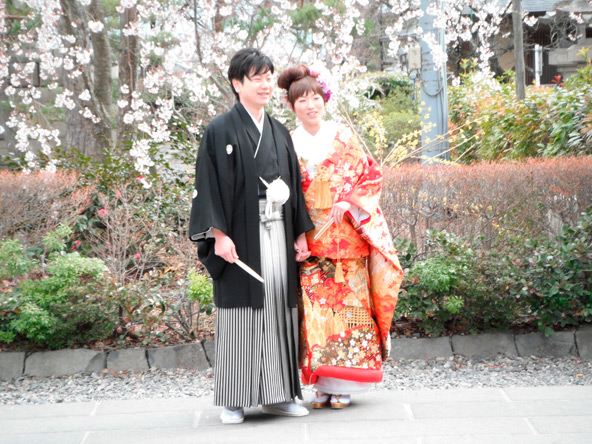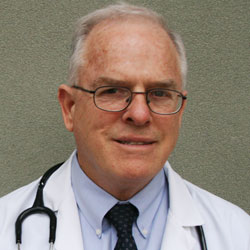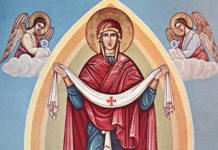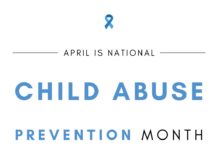
This is part two in a series of blogs from Dr. Asher’s trip to Japan.
The second century Father Tertullian wrote, “The blood of martyrs is the seed of the Church.” The rulers of Japan didn’t know this when they sought to create a fearsome spectacle of martyrdom in Nagasaki on Feb. 5, 1597.

Opinions expressed are the writers’ and not necessarily the views of The Catholic Sun or the Diocese of Phoenix.
It is estimated by then there were between 200,000-300,000 converts since St. Francis Xavier landed in 1549. Some estimates place it at twice that. In those days, fear of European domination grew in Japan, and the government forbade Catholicism. To drive home the point, 26 individuals including European and Japanese Franciscans and Jesuits, plus 17 Japanese laymen including three boys were publicly exhibited in a march from Kyoto to Nagasaki in mid-winter. There, they were tied to crosses and speared through their chests on a site that is now the 26 Martyrs Museum, Shrine, and Church. It’s just down the block from the central Nagasaki train station.
Instead of terrifying the huge crowd of Catholics who gathered for the executions, hymns were sung, encouragements were shouted, and Fr. Paul Miki, S.J. gave a rousing homily from his cross pointing out that none of the condemned were afraid. And because he was entitled, he sang his farewell samurai song – using Psalm 31. The whole affair sounds like it came close to a riot. The executioners followed their orders, all died bravely, and the officials got out of there without delay. Japanese respect for Christianity soared.
And martyrdoms continued. It is stated in the Catholic Encyclopedia and elsewhere, that from 1597 until the persecution was finally lifted in 1873, the Church was blessed with 200,000-300,000 dying for the faith, many after prolonged and cruel torture, on the same site as St. Paul Miki and his companions.
Yet today, there are only about 500,000 Catholics in Japan – possibly not much more than in 1597, with about an equal number of Protestants. Total population today is about 127.6 million. We could wonder, no doubt with Father Tertullian, why is Christianity only about 0.4 percent of the population, what with the blood of all those martyrs, and 140 years of no persecution?
I have asked this question many times, and it is an important one, because Japan is, spiritually, in deep trouble like much of the developed world. The consistent answer I get is that Japanese youth especially, are as infected with secularism as the rest of the developed world. Contraception, abortion, pornography, are all prominent. Divorce ends one-third of marriages — which is better than the United States but four times the rate in the 1950’s and double the rate in the 1970’s. Cohabitation rates are up and fewer are marrying because of it. Besides which, Japan’s population is dropping precipitously. The total fertility rate is 1.39, and the population is expected to be 87 million in 2060.
Although most Japanese claim a belief in Shinto and Buddhist religions, I suspect few take any of it seriously as religion, and are actually closer to agnosticism or atheism. This coupled with an extremely strong “live and let live” relativistic attitude means that there is not much motivation to wonder about one’s faith or belief.
Like America and Europe, Japan is in great need of massive evangelism. And prayer.






